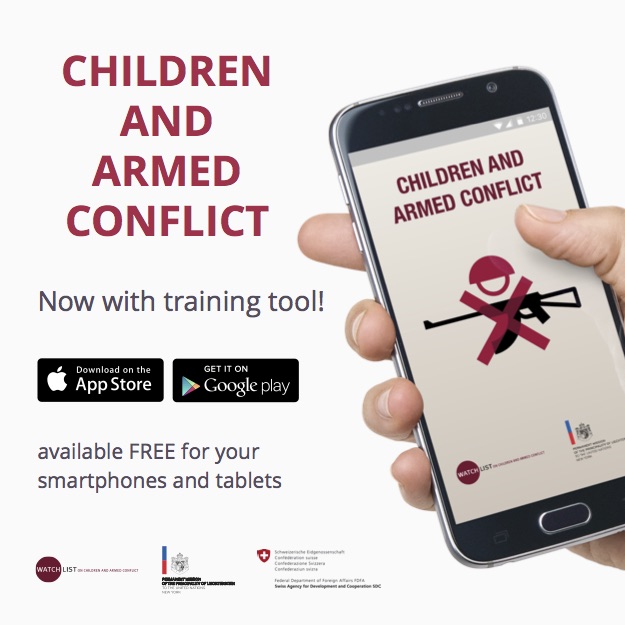From July 26 to 28, 2016, Watchlist traveled to Kabul, Afghanistan to facilitate a training on monitoring, reporting, and response to grave violations against children in the framework of the Monitoring and Reporting Mechanism (MRM). The training was organized and co-facilitated by Save the Children in Afghanistan as part of ongoing efforts to prevent and respond to underage recruitment by armed forces and groups in the north and east regions.
The aim of the training was to help participants better understand the structure and functioning of the MRM, and define how to engage with the mechanism in a way that strengthens both their programs, and the mechanism itself. The training program was based on “The 1612 Monitoring and Reporting Mechanism; A Resource Pack for NGOs,” developed by Watchlist in 2013 to guide NGOs interested in contributing to the mechanism. It was attended by 15 participants, mostly child protection staff from Save the Children and 4 representatives from national implementing partners coming from Faryab and Nangarhar provinces, as well as Kabul.
The group also benefited from the participation of UNICEF and the child protection section of the United Nations Assistance Mission in Afghanistan (UNAMA), as Co-Chairs of the MRM. They came to present on the status of implementation of the Action Plan to end and prevent recruitment and use of children, signed in January 2011 between the United Nations and the Afghan National Police. The Government of Afghanistan made some progress under the framework of the Action Plan, including through the criminalization of underage recruitment by National Security Forces, the endorsement of national age assessment guidelines, and the establishment of child protection units within Afghan National Police recruitment centers.
However, the implementation of those policies is still a major challenge. Much remains to be done to strengthen recruitment procedures and ensure perpetrators of violations are held to account. The UN is also concerned that many children are arrested and detained in high security detention facilities, along with adults and for long periods of time, sometimes in solitary confinement, and without due process. Children who demobilize are also often left with little to no alternatives in a context where poverty is a major driving force behind recruitment and little investment has been made towards reintegration programs.
The children of Afghanistan continue to suffer heavily from the impact of the conflict and the MRM offers an interesting platform to facilitate coordination among child protection actors. Recent efforts to decentralize the implementation of the MRM at the provincial level should serve to facilitate greater engagement with partners and more coordinated actions at the local level. The MRM Co-Chairs should play a leadership role in offering additional trainings and guidance to mobilize local actors who can contribute to the MRM process.



